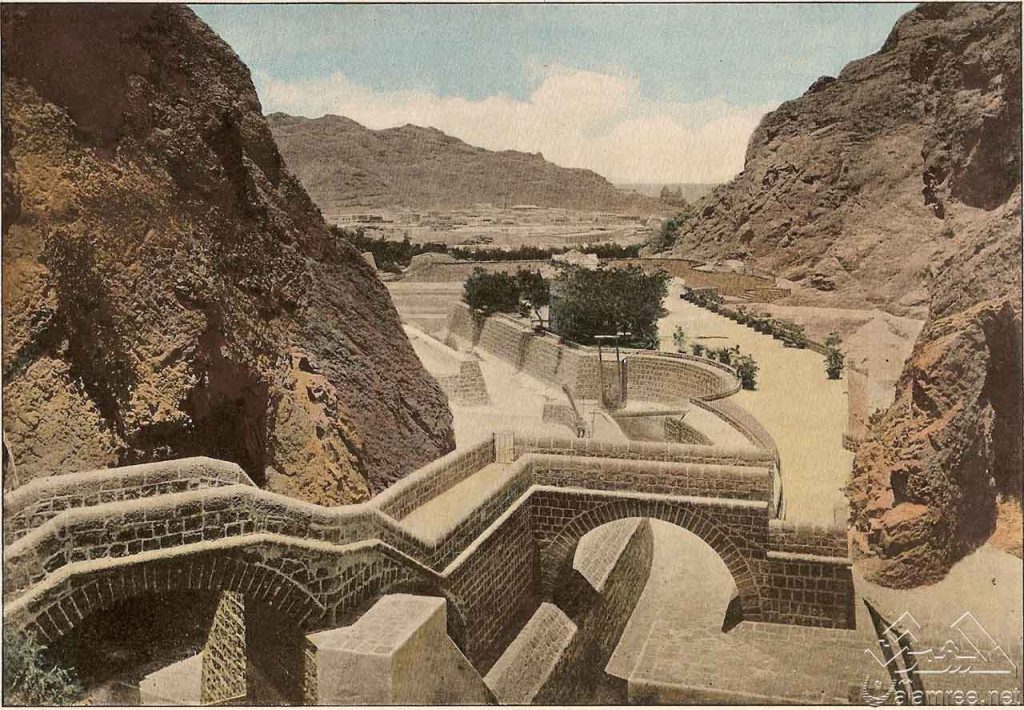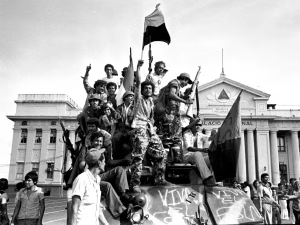It began in a smoky London room in 1600, when a handful of English merchants gathered under flickering candlelight to pursue a dream: profit from the riches of the East. They were not kings or conquerors, just businessmen with ambition—and a royal charter. The document, signed by Queen Elizabeth I, gave them a name and a mission: the “Governor and Company of Merchants of London Trading into the East Indies.” History would remember it more simply: the British East India Company.
At the time, England was a minor player in the global game. The Portuguese had already planted their flag along the Indian coast. The Dutch had claimed spice islands and sea routes. The Spanish were raking in silver and gold from the Americas. But the English merchants believed they could carve out a space of their own—one ship, one trade deal at a time.
The early voyages were uncertain, dangerous, and slow. The Company’s ships braved months at sea, rounded the Cape of Good Hope, and limped into the Indian Ocean with goods to trade—mostly English woolens, hardly a prize in the tropical East. But they came bearing silver, and silver could buy anything.
At first, the Company was humble. They negotiated with local rulers, secured trading posts—called “factories”—and paid dearly for the right to do business. In Surat, on India’s western coast, they opened their first foothold. Slowly, they spread—Madras in the south, Bombay on the western shore, Calcutta in the east.
They came to trade. But trade never travels alone.
As the 17th century gave way to the 18th, the Mughal Empire—once the mighty ruler of India—began to splinter. Regional princes fought for power, and into that chaos stepped the East India Company, not just with coins but with cannons.
The Company had something that few corporations ever possess: an army.
By mid-1700s, the Company was not just a trading outfit. It was fielding tens of thousands of soldiers—many of them local Indian recruits known as sepoys, trained and commanded by British officers. It was building forts, levying taxes, and waging wars. The line between commerce and conquest had vanished.
Then came the Battle of Plassey in 1757—a turning point as dramatic as it was unlikely. The Company, led by a man named Robert Clive, faced the Nawab of Bengal, one of the richest provinces in India. The Nawab had a larger army, more cannon, more resources. But Clive had bribes and betrayal. A secret deal with one of the Nawab’s commanders turned the tide. The battle was short. The consequences were enormous.
From that moment, Bengal—the wealthiest region in India—was under the Company’s control. The victory gave the East India Company not just trade, but territory. Revenue began flowing into its coffers. It no longer needed permission to operate in India. It ruled.
The Company’s reach grew like a tide. Over the next decades, it extended its dominion over vast swaths of the Indian subcontinent. Sometimes through diplomacy, sometimes through battle, sometimes by taking advantage of rivalries between Indian rulers. One after another, kingdoms fell into its shadow. By the early 19th century, the British East India Company controlled more land and more people than most European nations.
Its headquarters in London, East India House, became a hub of wealth and intrigue. Its directors—many never having set foot in Asia—debated policies that would determine the fate of millions. It printed its own currency, passed its own laws, and maintained an army that dwarfed Britain’s own.
But for those under its rule, life was often cruel.
More Stories
In the countryside, farmers were taxed ruthlessly. In times of drought or famine, the Company’s coffers stayed full even as villages starved. Local industries collapsed under the weight of British imports. Artisans were ruined. The economy was reshaped to serve British demand: cotton, tea, opium.
And it was opium that brought the Company to another war—this time with China.
In the 1830s, when Britain’s appetite for Chinese tea threatened to drain its silver reserves, the Company found a profitable solution: flood China with opium grown in India. The Chinese resisted. The British responded with gunboats. The Opium Wars began, and they ended—as most things did in that era—with another treaty signed at gunpoint. More ports opened. More trade flowed. More power shifted.
But the Company’s grip was not unshakable.

In 1857, it faced a storm that would shatter its illusion of permanence. The Indian Rebellion, sparked by outrage among the sepoys and fueled by years of resentment, erupted across the north. It began with a rumor—that the cartridges for new rifles were greased with cow and pig fat, offensive to both Hindu and Muslim soldiers. But the cartridge was only the spark. The fire had been building for decades.
For months, rebels seized cities, massacred British civilians, and declared the return of the Mughal emperor. The Company responded with brutal force. Villages were razed. Rebels were executed en masse. By mid-1858, the revolt had been crushed.
But the cost was more than blood. It was trust.
The British government, appalled by the Company’s handling of the crisis and eager to consolidate power, stepped in. The East India Company, after more than 250 years, was dissolved. Its army was absorbed by the Crown. India was placed under direct rule. Queen Victoria was declared Empress. The Company’s flags were lowered. Its era had ended.
What remained was a legacy both vast and shadowed.
The British East India Company was not just a corporation. It was a vehicle of empire disguised in commerce. It brought railways, ports, and law—but also exploitation, famine, and war. It reshaped India, Britain, and the global economy. It pioneered the modern multinational, but left behind a history of broken promises and buried rebellions.
In the quiet corners of Indian cities, old Company buildings still stand—faded relics of a time when a handful of merchants dreamed of riches and ended up ruling a continent. Their story is a cautionary one. About power without accountability. About empire without name. About how a trading company, armed with profit and politics, once became the master of millions.












































